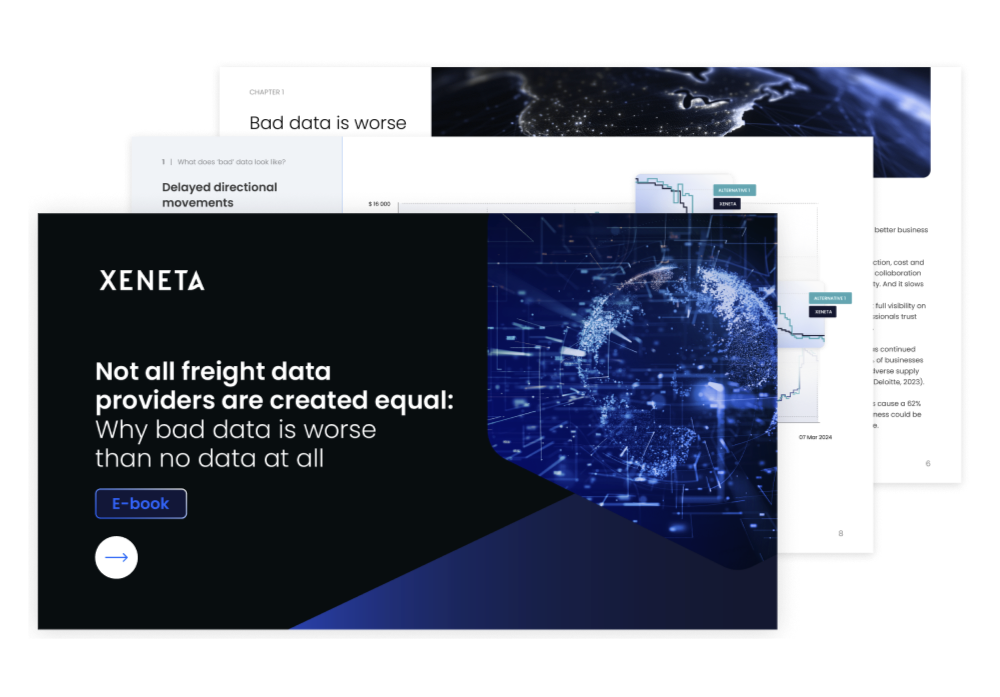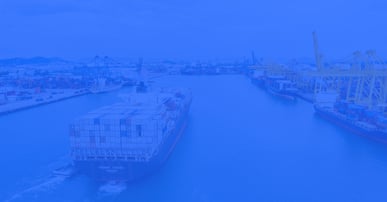Last Update: October 28th, 2016
The Rise of the Shippers
In January 2015, the IMF projected global growth to be 3.5 percent, marginally lower than in 2014. In October, this was reduced by 0.4 points. With such mediocre and uneven growth numbers, it is no secret that the ocean freight industry has faced and will face even more macroeconomic threats.
Low growth has caused a dangerous mixture of vessel overcapacity (1.6M TEU added this year) and an ongoing price war.
Throughout the year, the shipping lines have tried to boost ocean freight rates, implementing GRIs, but without luck. The competition is intense and the fight for market share has led to the lowest rates ever.
Bigger Isn’t Always Better in a Slumping Industry
The near & mid-term outlook for the shipping lines offers no relief. However, on the other side, this is great news for shippers (importer/exporter) who will continue to benefit from the situation created by the shipping-lines. It seems most shipping lines are following a similar strategy; buy more and bigger to reduce the cost per box. If there isn’t that much to ship, is this actually the best long-term move? In fact, pouring in more capacity into an already impossible situation seems like a sure shot in the foot.
2016 Long-Term Contracted Ocean Freight Rates Show a Clear Further Decline
In 2015, we have seen more and more shippers having the upper hand, finally relishing in the ability to be choosers and not beggars and start winning the historical price war. They have been able to evaluate their sourcing strategy taking advantage of the current downturn, especially on the Asia – Europe trade.

Figure1 XenetaOct2015-2016-All Contract Rates (Click for larger image)
Figure I. All short and long-term contracts in the Xeneta platform from Dec 2014 – July 2016 for trade between main China ports and main Europe ports. The length of the lines indicates the contract duration.
Color legend: Blue = 20’; Orange = 40’; Red = 40’HC
Black arrows = GRIs
Data powered by the Xeneta platform
The chart above represents the huge spread of contracted short-term and long-term prices from many different companies, all visibly paying a large variety of prices for the same routes. This clearly indicates the true pricing volatility in the market.

Xeneta Dec 2014 - Dec 2015 Short-Term Rates-Shanghai-Rotterdam (Click for larger image)
Figure II. Market average - Short-term contracted rates (spot) Dec 2014 – Dec 2015 for the Shanghai - Rotterdam route. Data powered by the Xeneta platform.

Xeneta 2015-2016 Long-Term-Rates Shanghai-Rotterdam (Click for larger image)
Figure III. Market average - Long-term contracted rates through mid-2016 for the Shanghai-Rotterdam route. Data powered by the Xeneta platform.
The data in the chart solidifies that looking into 2016, long-term contract rates are significantly lower than the past 12 months. This is based on the current tens of thousands of already negotiated 2016 long-term contracts being uploaded into the Xeneta platform.
“We expect to see more of that in 2016 where our long-term rates market intelligence clearly indicates that these rates are on a clear path down, based on already contracted rates for the entire next year. We are seeing that the usual popular routes will continue this rate downfall and are already seeing further indication in the Xeneta platform for various other routes as the tender season comes to a close,” says Thomas Sørbø, CBDO, Xeneta.
To sum up, global growth will be low, capacity will grow, volatility, and the price war will continue. Long-term contracts will be rock bottom making life for all carriers even more difficult than in 2015. As we continue to see 2016 long-term rates pour into the Xeneta platform, we will be able to further inform about the future health of the ocean freight industry. Stay tuned.
See the Xeneta Platform in Action
Interested in seeing how your rates compare to the current contracted market rates (long and short contracts)?






